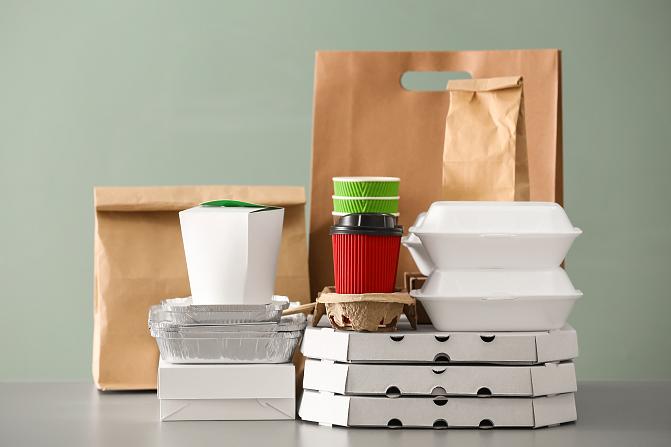Open letter to European policy makers regarding EU Packaging and Packaging Waste Regulation
Key points of the letter:
- Environmental sustainability of packaging systems can only be achieved through a balanced combination of reuse, material recycling and sustainable raw materials.
- None of these potential solutions should be excluded from a sustainable European-level packaging strategy.
- The environmental benefits of these solutions are case specific and should always be verified through comprehensive Life Cycle Assessments (LCA).
- To achieve climate targets, drastic reduction of the use of fossil-based fuels and materials, including packaging materials, is needed.
To European policy makers,
We are writing to inform the Members of the European Parliament and other EU policy makers of some science-based aspects that have significant implications for the European Union (EU) Packaging and Packaging Waste Regulation (PPWR), set to be voted on in November.
The aims of the proposed revision of the EU legislation on Packaging and Packaging Waste include reduction of the amount of waste, reduction of littering, reduced use of natural resources and mitigation of climate warming. These aims can only be achieved through a balanced combination of reuse, material recycling and sustainable raw materials. None of these potential solutions should be excluded from a sustainable European-level packaging strategy. The environmental benefits of these solutions are case specific and should always be verified through comprehensive assessments covering the whole life cycle of the packaging applications. Holistic methods such as environmental Life Cycle Assessment (LCA) are necessary for this purpose.
Reuse is a potential solution for reducing the material use and packaging waste. However, to achieve these goals, an effective, often centralized system for the return and washing of the empty packaging is essential. The production of any reusable item can require a multiple amount of material and generate a multiple amount of waste compared to production of a single-use item. For this reason, it is always necessary to determine the break-even point, i.e. the minimum number of times that a reusable product must be used to be more environmentally sustainable than a single-use product, as pointed out in the recent open letter by Life Cycle Assessment scientists. When considering take-away packaging, the critical factors determining the environmental benefits of different packaging solutions are the return rate of empty packaging and the potential need for additional consumer transport associated with the return of the packaging.
Recyclability is an essential factor in improving the environmental sustainability of packaging solutions. This is important for both single-use and reusable packaging. Improved recycling rates are needed, especially to reduce the amount of plastic littering and fossil greenhouse gas emissions. In the case of renewable material, increased recycling can reduce the use of natural resources and requirements for land use. Increased reuse alone cannot replace the need for material recycling.
Sustainable raw materials are essential to improve the overall environmental sustainability of packaging. Probably the most critical phase in the life cycle of packaging in terms of climate impact is end-of-life management, i.e. the management of packaging waste. The promotion of renewable packaging materials, such as fibers and bioplastics, is needed to reduce fossil emissions from waste management. The generation of low-emission energy from renewable waste, rather than the continued use of non-renewable waste for this purpose, is an important part of the climate solutions and required for reaching the net zero emissions needed for the 1.5 C climate target, as highlighted for example in the IEA Net Zero Roadmap. Fiber-based packaging is also an obvious solution for reducing the plastic waste and microplastics. Again, these targets cannot be achieved through reuse or recycling alone, but also by drastically reducing of the use of fossil plastics in packaging.
On 8th November 2023, in Finland,
Ilkka Leinonen, Research Professor at Natural Resources Institute Finland
Ali Harlin, Research Professor at VTT Technical Research Centre of Finland
The environmental sustainability of renewable and reusable packaging solutions was studied in the Package-Heroes research project funded by the Strategic Research Council (SRC) of the Academy of Finland.
